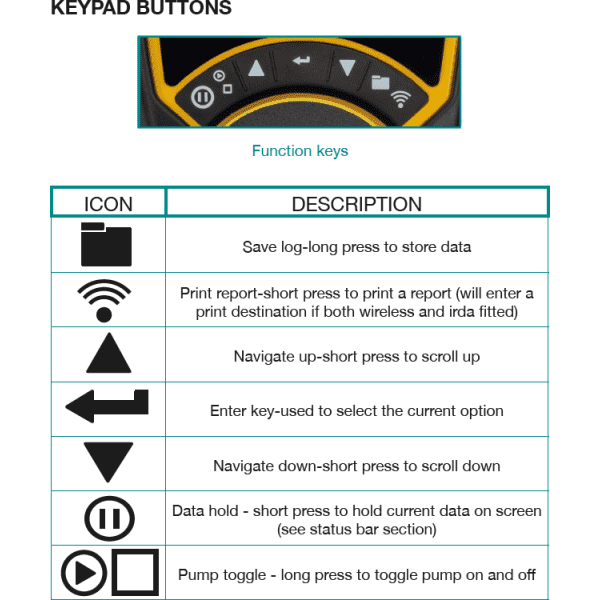
Say you ran an ad that generated 10 clicks from 100 impressions. Multiply the resulting number by 100 to determine your CTR. To determine your campaign’s CTR, divide the number of clicks your ad received by the number of impressions your ad generated. How Is CTR Calculated?Īlthough most marketing tools will calculate your click-through rate for you, it’s easy to do yourself. Other metrics like conversion rate and bounce rate are important to monitor too. Your click-through rate doesn’t work in isolation.

Here, the CTR metric is useful because you can gauge how well your ad is performing.

You can easily track how many people see your ad, and how many users clicked on your ad. CTR works best for these campaigns because their common goal is to direct a user to a specific webpage. You can measure a CTR for most digital marketing channels, but you’ll commonly use this metric to track PPC, SEO, paid social, and email campaigns. Your CTR measures how many people click on your campaign against how many times your campaign appears to users. Let’s review how this metric works and how you can use it to improve your marketing campaigns. Import .ads.A click-through rate (CTR) is an online marketing metric used to track user engagement.
#Impression vs click ratio how to
Here's an example that shows how to load an ad in the onCreate() method of an Key Point: Make all calls to the Mobile Ads SDK on the main thread. Parameter, which holds runtime information, such as targeting info, about a Once the AdView is in place, the next step is to You replace it with your own ad unit ID before publishing your app.įor more information about how the Mobile Ads SDK's test ads work, see It's been specially configured to return test ads for every request, and youĬan use it in your own apps while coding, testing, and debugging.
#Impression vs click ratio android
The easiest way to load test ads is to use our dedicated test ad unit IDįor Android banners: ca-app-pub-3940256099942544/6300978111 Failure to do so can lead to suspension of your account. When building and testing your apps, make sure you use test ads rather than Manner-set both in XML or both programmatically. Warning: Make sure you set the ad size and ad unit ID in the same See the banner size section for details.Īds:adUnitId: Set this to the unique identifier given to theīe displayed.

Use the standard size defined by the constant, you can set a custom size Here's an example that shows an activity'sĪds:adSize: Set this to the ad size you'd like to use. The easiest way to do this is to add one to the corresponding XML layoutįile. In the layout for the Activity or Fragment in which you'd like to display The first step toward displaying a banner is to place Properly and links to additional resources. Snippets and instructions, it also includes information about sizing banners This guide shows you how to integrate banner ads fromĪdMob into an Android app. Mobile advertising, they're a great place to start. They stay on screen while users are interacting with the app,Īnd can refresh automatically after a certain period of time. Banner ads occupy a spot within an app's layout, either at the top or bottom of


 0 kommentar(er)
0 kommentar(er)
